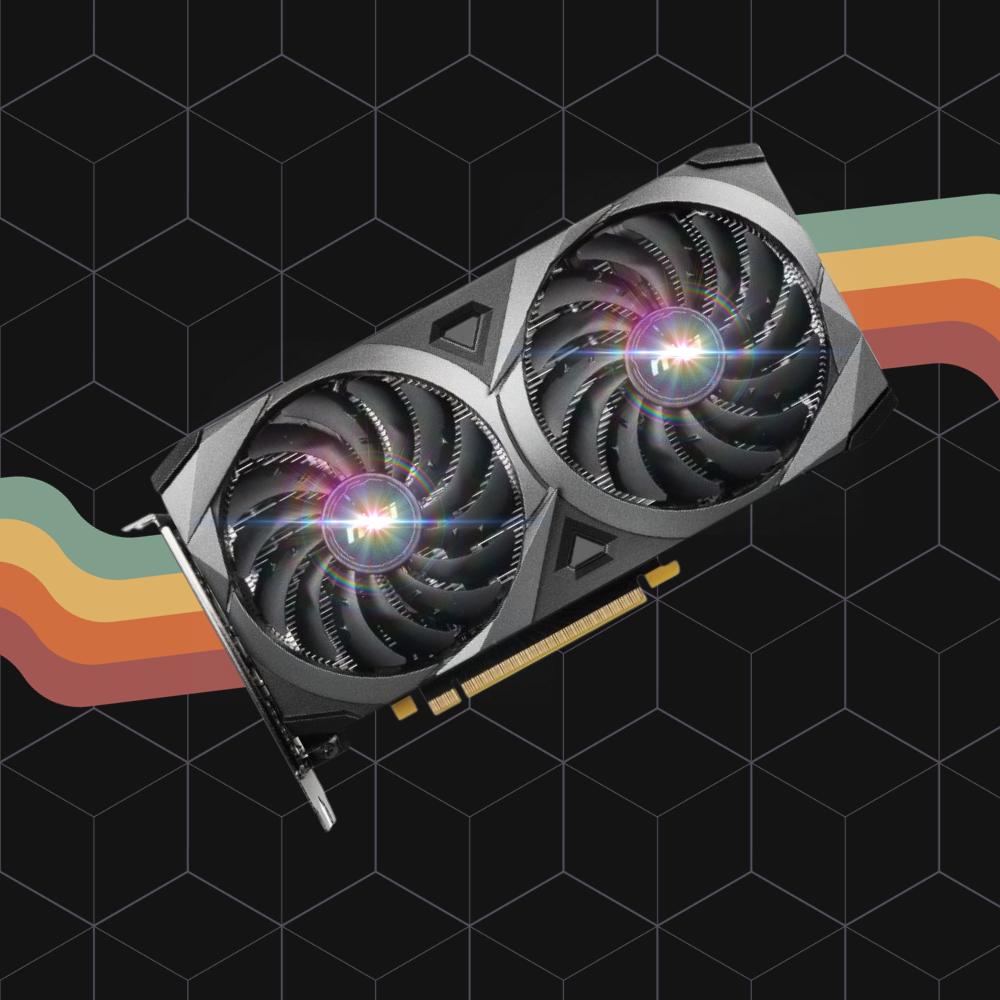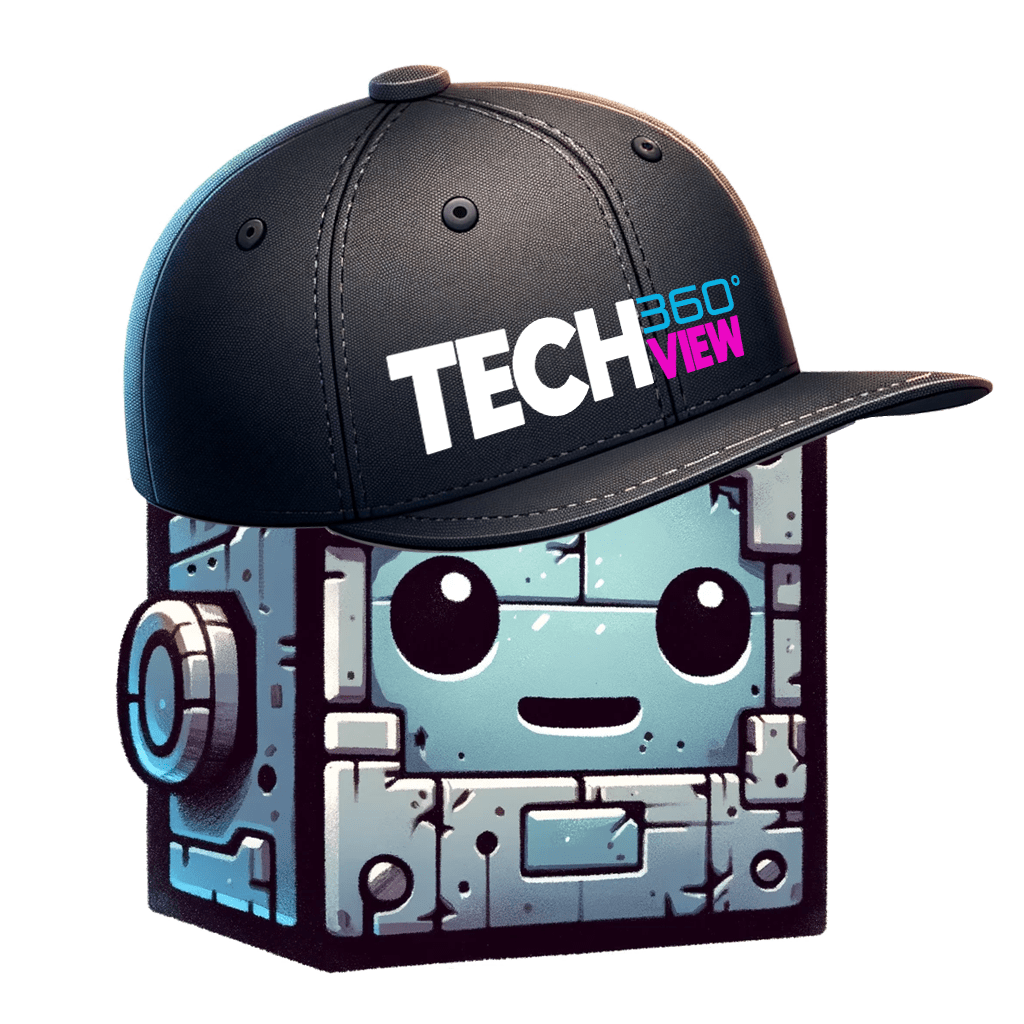
Looking to run Stable Diffusion on a budget of $400 or less? We’ve thoroughly researched Reddit and various tech forums to identify the favorite GPUs among Stable Diffusion users within this price range.
Our focused search has led us to a list of the most liked and highly regarded GPUs, offering the best balance of cost and performance. Check out these top-rated choices with us and find the perfect GPU to power your Stable Diffusion rig without stretching your wallet.
Overall Winners: New & Used
Comparing Costs: New vs. Used GPUs for Stable Diffusion
Price range for new GPUs for Stable Diffusion
The price range for new GPUs capable of running Stable Diffusion effectively varies from approximately $250 to over $1000. For the scope of this article, we’ll be focusing on options under $400. Lower-priced models closer to $250 may have minimum required specs, but expect waiting several minutes to render an image, while higher-priced models offer much faster render performance.
Price range for Used GPUs for Stable Diffusion
In the market for used GPUs suitable for Stable Diffusion, prices typically vary from $150 to $600. This range reflects the value drop in older, premium models and the more accessible costs of mid-range GPUs that meet required performance standards. Within the scope of our article, we’ll particularly highlight used GPUs under $400, ensuring you find a balance between affordability and efficiency for your Stable Diffusion needs.

Essential GPU Specs for Stable Diffusion: What Do You Need?
For running Stable Diffusion, aim for a GPU with:
- At least 8GB of VRAM,
- A minimum of 2000 CUDA cores (or equivalent Stream Processors for AMD)
- A compute performance of at least 10 TFLOPs. These specs ensure adequate processing power and memory for AI tasks.
Best New GPUs under $400 for running Stable Diffusion:
(Based on recent forum and review discussions)
| GPU Model | Description | Purchase Links |
|---|---|---|
| ASUS GeForce RTX 2060 OC | Offers excellent performance for the price, perfect for 1080p gaming, viable for 1440p, good cooling, and factory overclocked. It has 1920 CUDA Cores, 6 GB GDDR6 memory, and supports ray tracing. | Amazon | eBay |
| GIGABYTE Radeon RX 6600 Eagle | Best AMD option in this range, known for its solid performance. | Amazon | eBay |
| ZOTAC Gaming GeForce GTX 1660 SUPER | Offers great value for money. | Amazon | eBay |
| GIGABYTE GeForce RTX 3050 Gaming OC | The only 3000 series GPU under $400, providing good gaming performance. | Amazon | eBay |
| ASUS TUF Gaming NVIDIA GeForce GTX 1660 Ti EVO OC | Cheapest option with solid 1080p performance. | Amazon | eBay |
These GPUs are suitable for AI-driven tasks like Stable Diffusion, balancing performance and affordability
Top Picks for Used GPUs Under $400 on eBay
| GPU Model | Description | Purchase Links |
|---|---|---|
| RTX 3060 Ti | Known for good performance, especially for 1080p gaming, energy efficiency, and excellent value. It has 8GB GDDR6 VRAM and a 1890MHz boost clock in OC mode. | eBay |
| RTX 3070 | Offers great performance but might have VRAM limitations for very high-resolution games. | eBay |
| RTX 2080 Ti | Supports ray tracing, 11 GB VRAM, good for QHD and UHD gaming with DLSS, comparable to newer models like RTX 3070 in performance. | eBay |
| RTX 2080 Super | Similar to RTX 3060 Ti in performance, good for QHD gaming with medium to ultra settings. | eBay |
| RTX 2070 Super | Has 8 GB of GDDR6 memory and supports ray tracing and DLSS, suitable for QHD gaming. | eBay |
| AMD Radeon RX 6700 XT | Offers excellent 1440p performance, power-efficient, and comes with 12GB VRAM, making it a strong candidate for high-resolution gaming. | eBay |
| AMD Radeon RX 6750 XT | With 12GB GDDR6 memory, it’s a good performer in the mid-range lineup, suitable for 1080p to 1440p gaming. | eBay |
When looking for used GPUs, it’s important to consider factors like VRAM, especially for tasks like Stable Diffusion, as well as the age and condition of the GPU
Tech Specs About GPUs for Stable Diffusion
High VRAM (Video RAM): Stable Diffusion, like many AI and deep learning models, requires significant memory for processing large neural networks. Generally, a GPU with at least 8GB of VRAM is recommended for smooth operation, with more being preferable for more complex tasks or higher resolutions.
CUDA Cores (for NVIDIA GPUs) or Stream Processors (for AMD GPUs): These are the processing units within GPUs that are responsible for handling the computations required by deep learning models. A higher number of CUDA cores or stream processors typically translates to better performance.
Good Compute Performance: Measured in TFLOPs (tera floating-point operations per second), this indicates the raw processing power of the GPU. Higher TFLOPs mean the GPU can handle more calculations per second, which is crucial for training and running AI models like Stable Diffusion.
Support for AI Acceleration Technologies: For NVIDIA GPUs, this includes support for CUDA, cuDNN, and Tensor Cores which are optimized for deep learning tasks. For AMD GPUs, look for support for ROCm (Radeon Open Compute) platform.
Thermal Management: Running AI models can be intensive and generate significant heat. Efficient cooling solutions are necessary to maintain performance and prolong the lifespan of the GPU.
Driver and Framework Support: Compatibility with the latest drivers and deep learning frameworks (like TensorFlow, PyTorch) is crucial for running models like Stable Diffusion without compatibility issues.
Energy Efficiency: Efficient power usage is beneficial for maintaining lower operating costs, especially if the GPU is to be used extensively.
Bandwidth and Speed: A higher memory bandwidth and faster clock speeds help in quicker data processing, which is beneficial for tasks that require real-time processing or handling large datasets.

